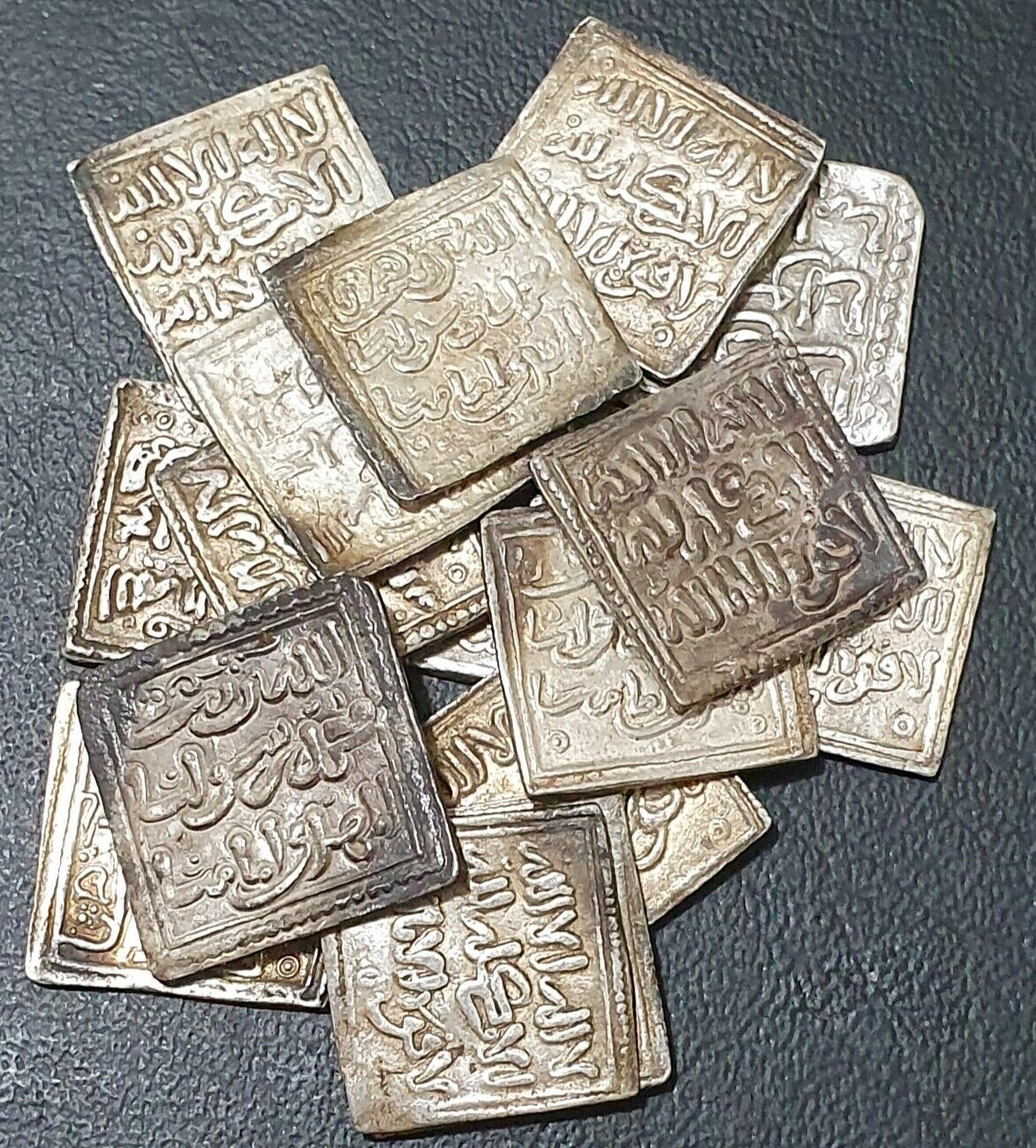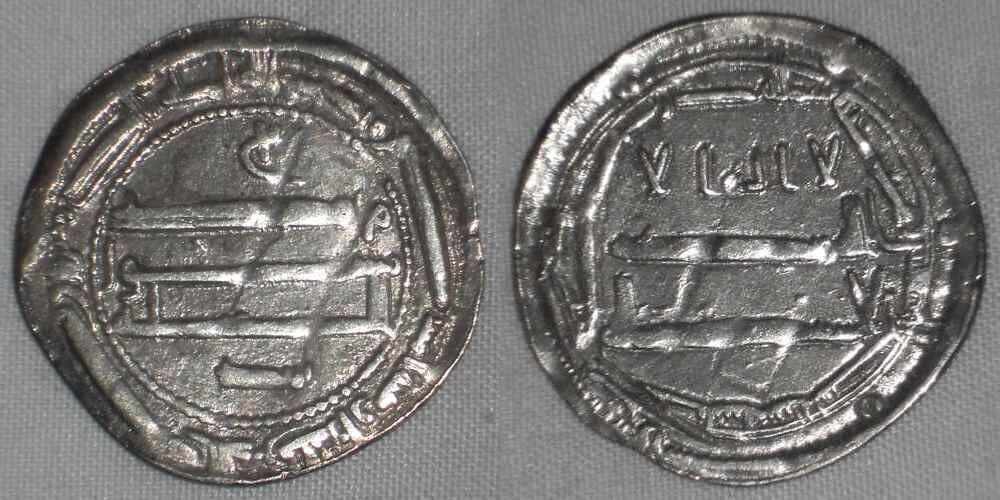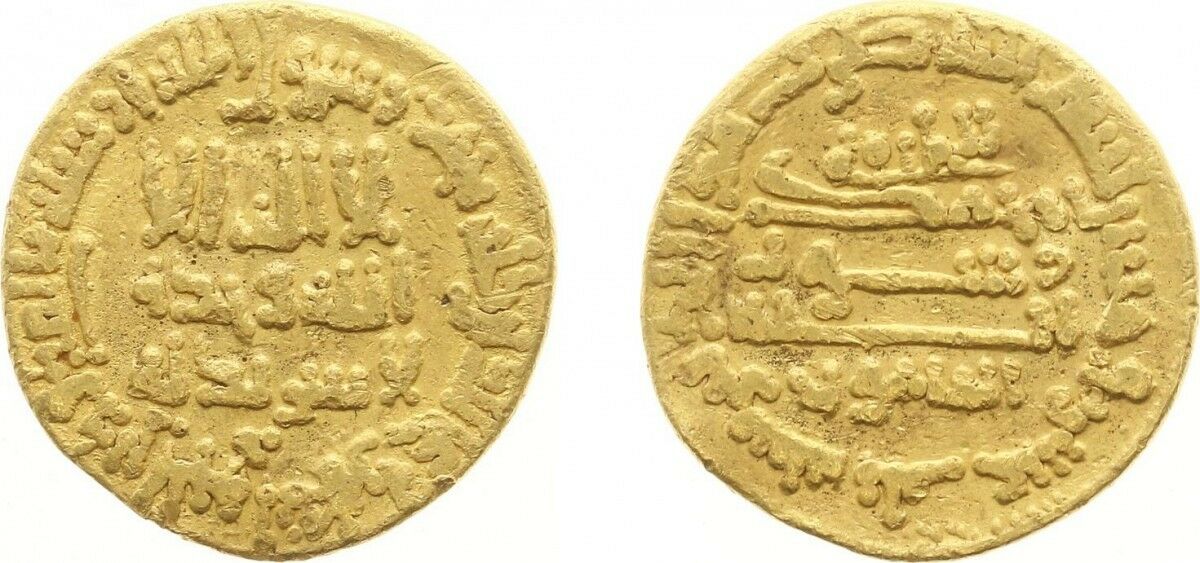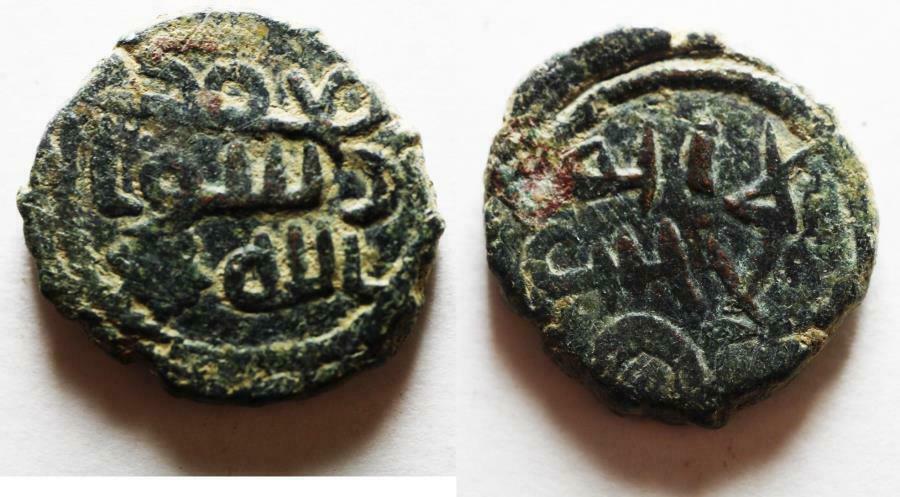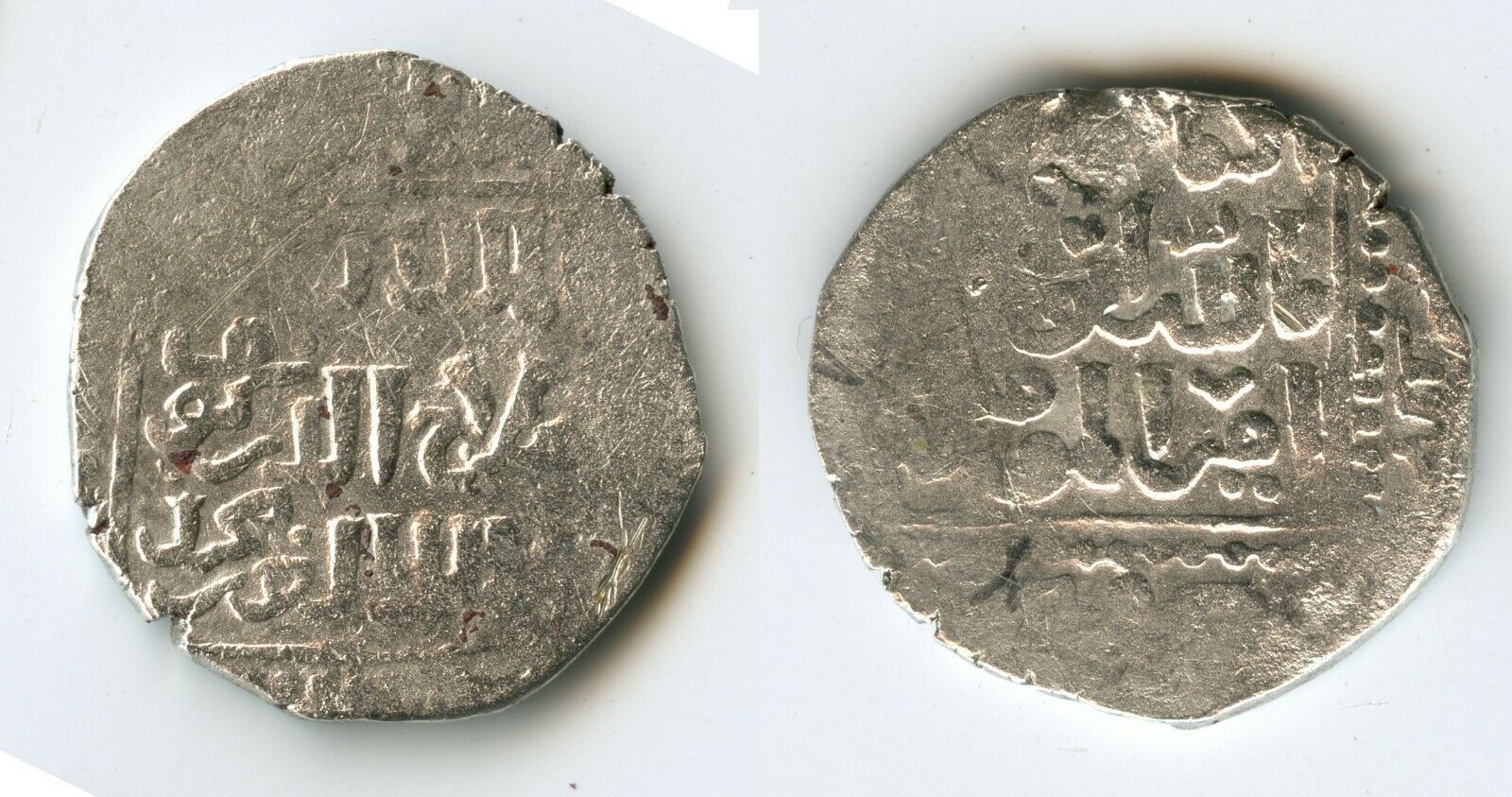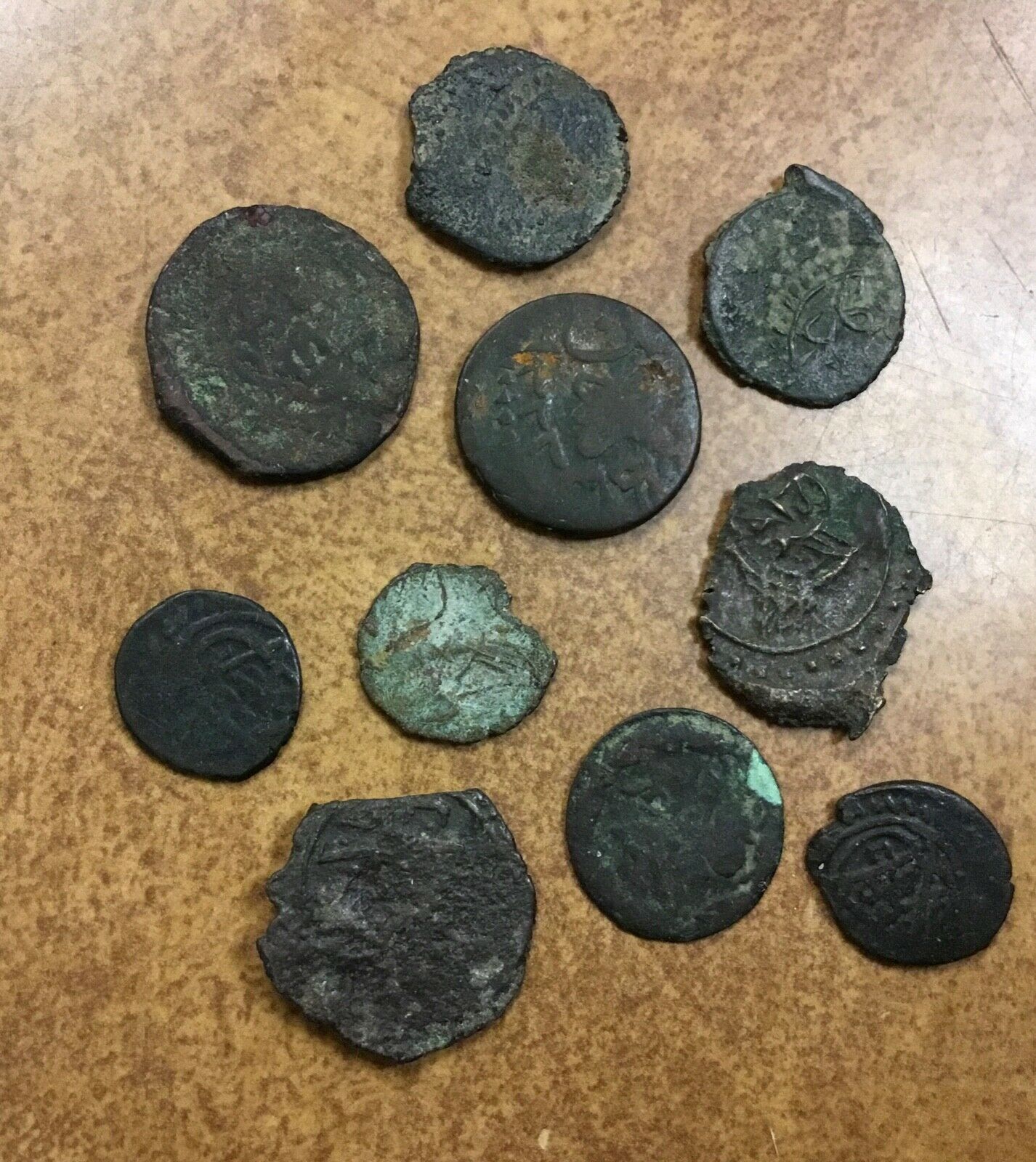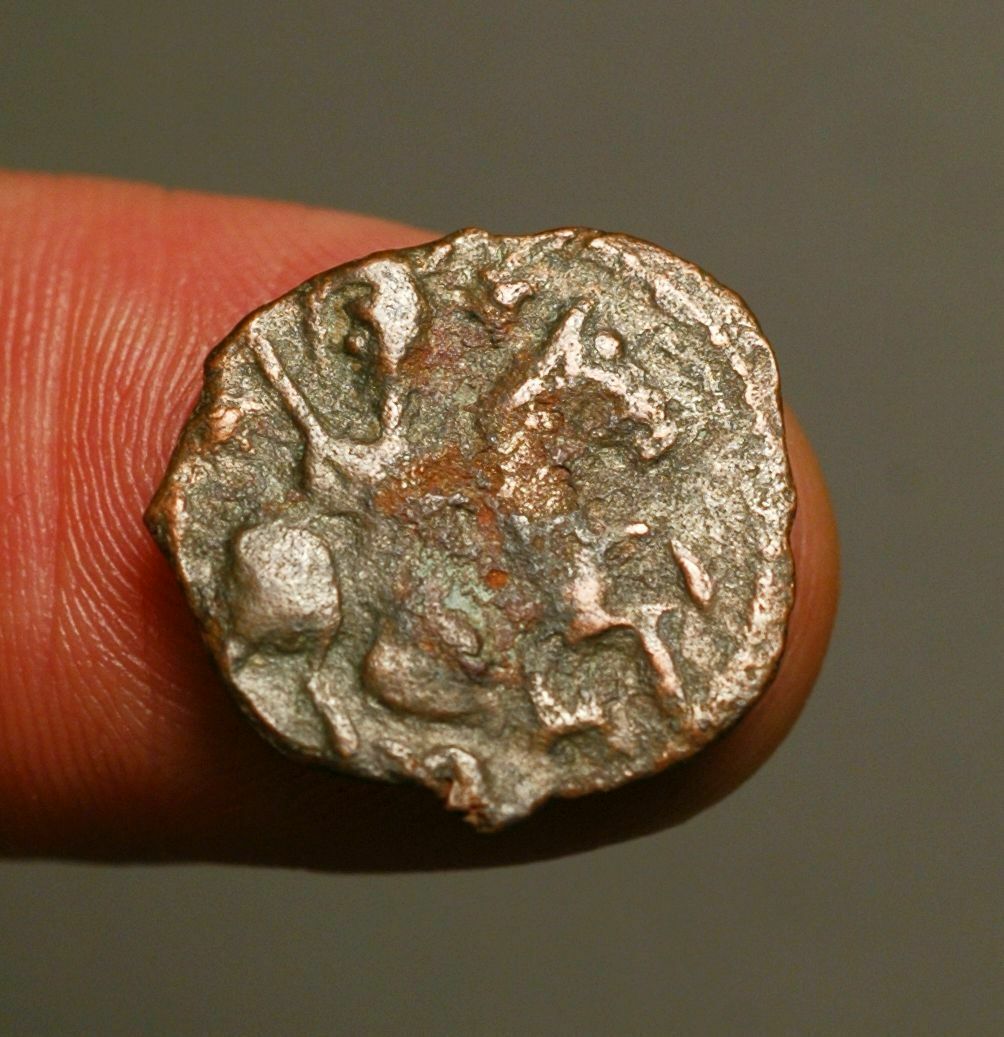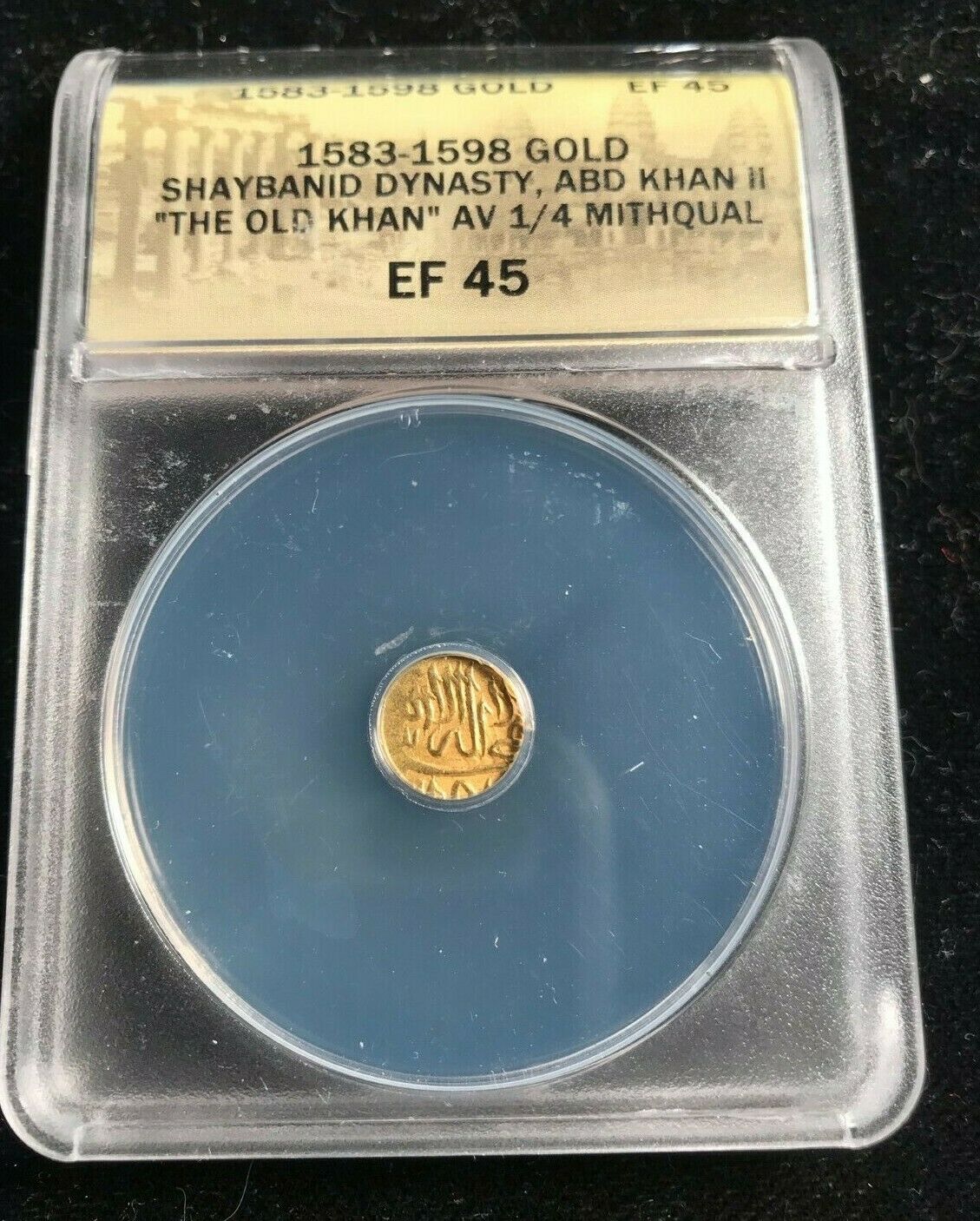-40%
Artuqid Silver Dirham
$ 36.95
- Description
- Size Guide
Description
Artuqid Silver DirhamEXTRA FINE CONDITION - WITH DESCRIPTION CARD
Authentic Coin of:
Turkey. Artuquids (Urtukids) of Mardin
Nasir ad-Din Artuq Arslan
(1201-1239 A.D.)
Silver Dirham 21mm (2.89 grams) Keyfa mint
Reference: A.1831.1; BMC III 465 var.
You are bidding on the exact item pictured, provided with a Certificate of Authenticity and Lifetime Guarantee of Authenticity.
The
Artquids
or
Artuqid dynasty
was a Turkmen dynasty originated from Döğer tribe that ruled in Eastern Anatolia, in the eleventh and twelfth centuries. The Artuqid dynasty took its name from its founder, Zaheer-ul-Daulah Artuk Bey, who was of the Döger branch of the Oghuz and ruled one of the Turkmen atabeyliks of the Seljuk Empire. The Artuqid rulers viewed the state as the common property of the dynasty members. Three branches of the family ruled in the region: Sokmen Bey's descendants ruled the region around Hasankeyf between 1102 and 1231; Necmeddin Ilgazi's branch ruled from Mardin between 1106 and 1186 (and until 1409 as vassals); and the Mayyafariqin Artuqid line ruled in Harput starting in 1112, and was independent between 1185 and 1233.
Artuqid rulers commissioned many public buildings, such as mosques, bazaars, bridges, hospitals and baths for the benefit of their subjects. They left an important cultural heritage by contributing to literature and the art of metalworking. The door and door handles of the great Mosque of Cizre are unique examples of Artuqid metal working craftsmanship, which can be seen in the Turkish and Islamic Arts Museum in Istanbul, Turkey.
Mardin
(Kurdish: Mêrdîn, Syriac: ܡܶܪܕܺܝܢ, Arabic/Ottoman Turkish: ماردين
Mārdīn
) is a city and multiple (former/titular) bishopric in southeastern Turkey. The capital of Mardin Province, it is known for the Artuqid (Artıklı or Artuklu in Turkish) architecture of its old city, and for its strategic location on a rocky hill near the Tigris River that rises steeply over the flat .
Medieval history
Byzantine Izala fell to the Seljuks in the 11th century. During the Artuqid period, many of Mardin's historic buildings were constructed, including several mosques, palaces, madrassas and khans. Mardin served as the capital of one of the two Artuqid branches during the 11th and 12th centuries. The lands of the Artukid dynasty fell to the Mongol invasion sometime between 1235 and 1243, but the Artuqids continued to govern as vassals of the Mongol Empire.
[15]
During the battle of Ain Jalut in 1260, the Artuqid governor revolted against Mongol rule. Hulagu's general and Chupan's ancestor, Koke-Ilge of the Jalayir, stormed the city and Hulegu appointed the rebel's son, al-Nasir, governor of Mardin. Although, Hulagu suspected the latter's loyalty for a while, thereafter the Artuqids remained loyal unlike nomadic Bedouin and Kurd tribes in the south western frontier. The Mongol Ilkhanids considered them important allies. For this loyalty they showed, Artuqids were given more lands in 1298 and 1304.
[
citation needed
]
Mardin later passed to the Aq Qoyunlu, a federation of Turkic tribes that controlled territory all the way to the Caspian Sea.
During the medieval period, the town (which retained significant Assyrian and Armenian populations) became the centre for episcopal sees of Armenian Apostolic, Armenian Catholic, Assyrian, Syriac Catholic, churches, as well as a stronghold of the Syriac Orthodox Church, whose patriarchal see was headquartered in the nearby Saffron Monastery from 1034 to 1924




